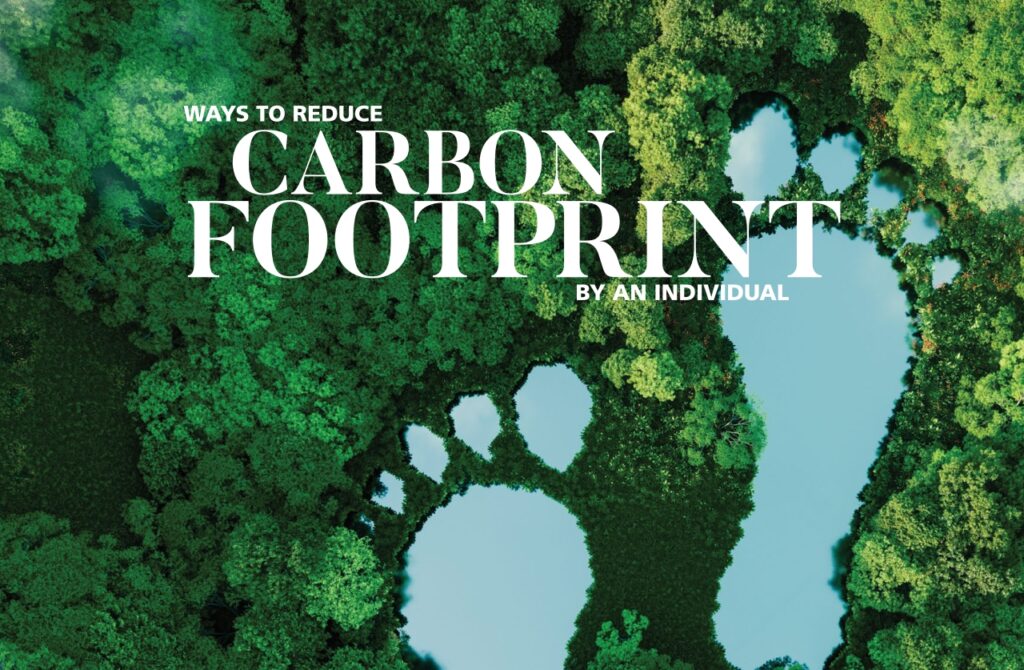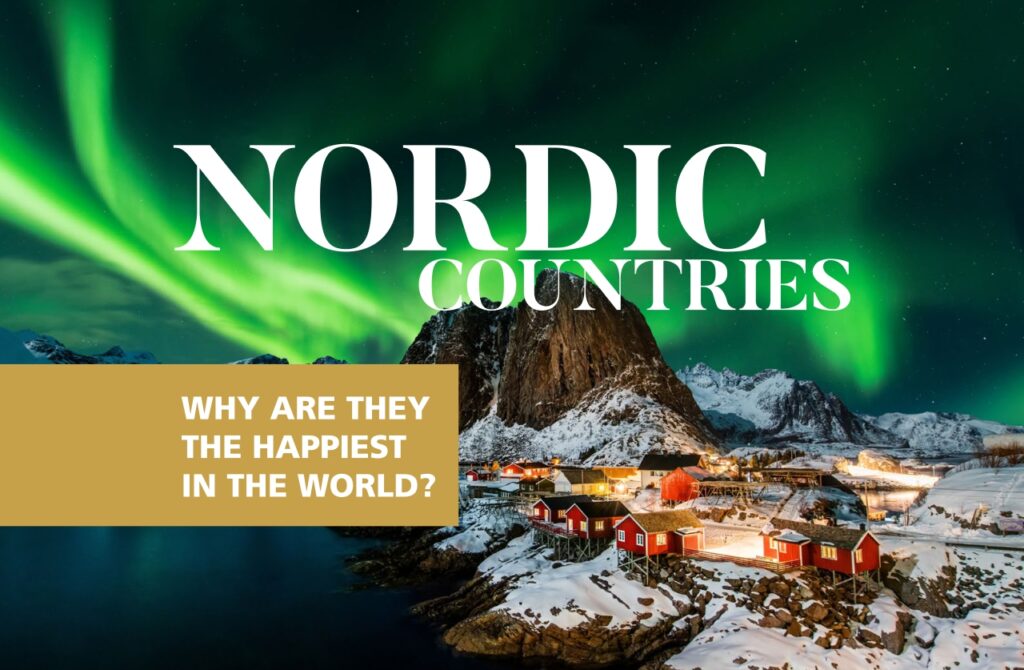26 AWE-INSPIRING ARCHITECTURAL WONDERS OF THE WORLD
1. Hagia Sophia, Istanbul, TurkeyThis grand structure has seen the rise and fall of many powerful empires. It is a perfect example of the transfusion of many religious symbols, designs and architecture to form a transcending work of art that sits in the heart of Istanbul. In 537 AD, it was first built as a […]
26 AWE-INSPIRING ARCHITECTURAL WONDERS OF THE WORLD Read More »





